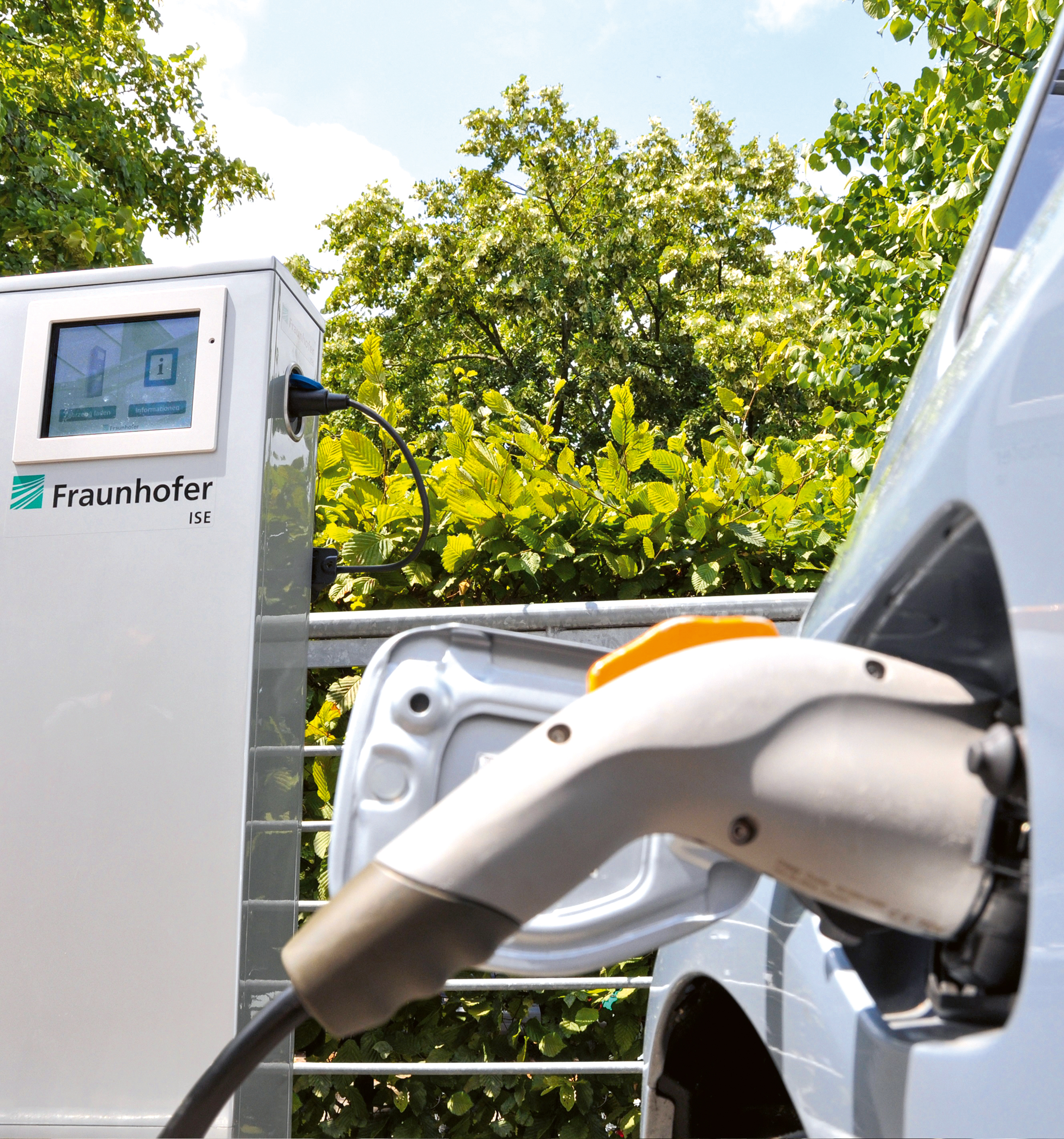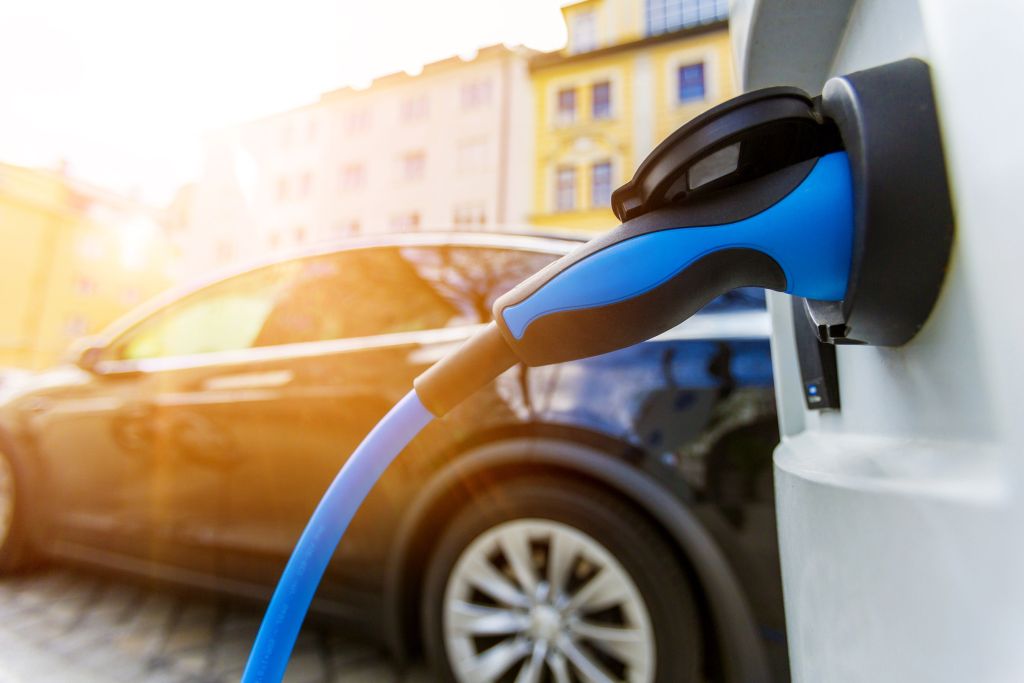
E-mobility is seen as the technology of the future for sustainable mobility. However, to help it gain wider acceptance higher ranges and shorter charging times are essential.
Thermal management in the vehicle plays a key role here, because optimized thermal management increases the range of e-cars and e-scooters while also enabling shorter charging times.
Why thermal management for e-vehicles?
For an electric vehicle to operate at high efficiency, its temperature must be kept as constant as possible. When optimizing thermal management, therefore, both individual components and their interactions and energy flows with each other are considered.
The use of heat pipes in e-mobility
The use of heat pipes as heat exchangers can make a significant contribution to more efficient heat management in electric vehicles. Several advantages make them a technology of the future for sustainable mobility: Heat pipes are characterized by their low weight and do not require maintenance. Above all, however, their potential applications in e-vehicles extend to numerous components, parts and vehicle areas such as:
- Electric drives
- Fuel cells
- Inverter
- Battery stacks
- Vehicle interior
 Fraunhofer IPM | Fraunhofer ISE
Fraunhofer IPM | Fraunhofer ISE